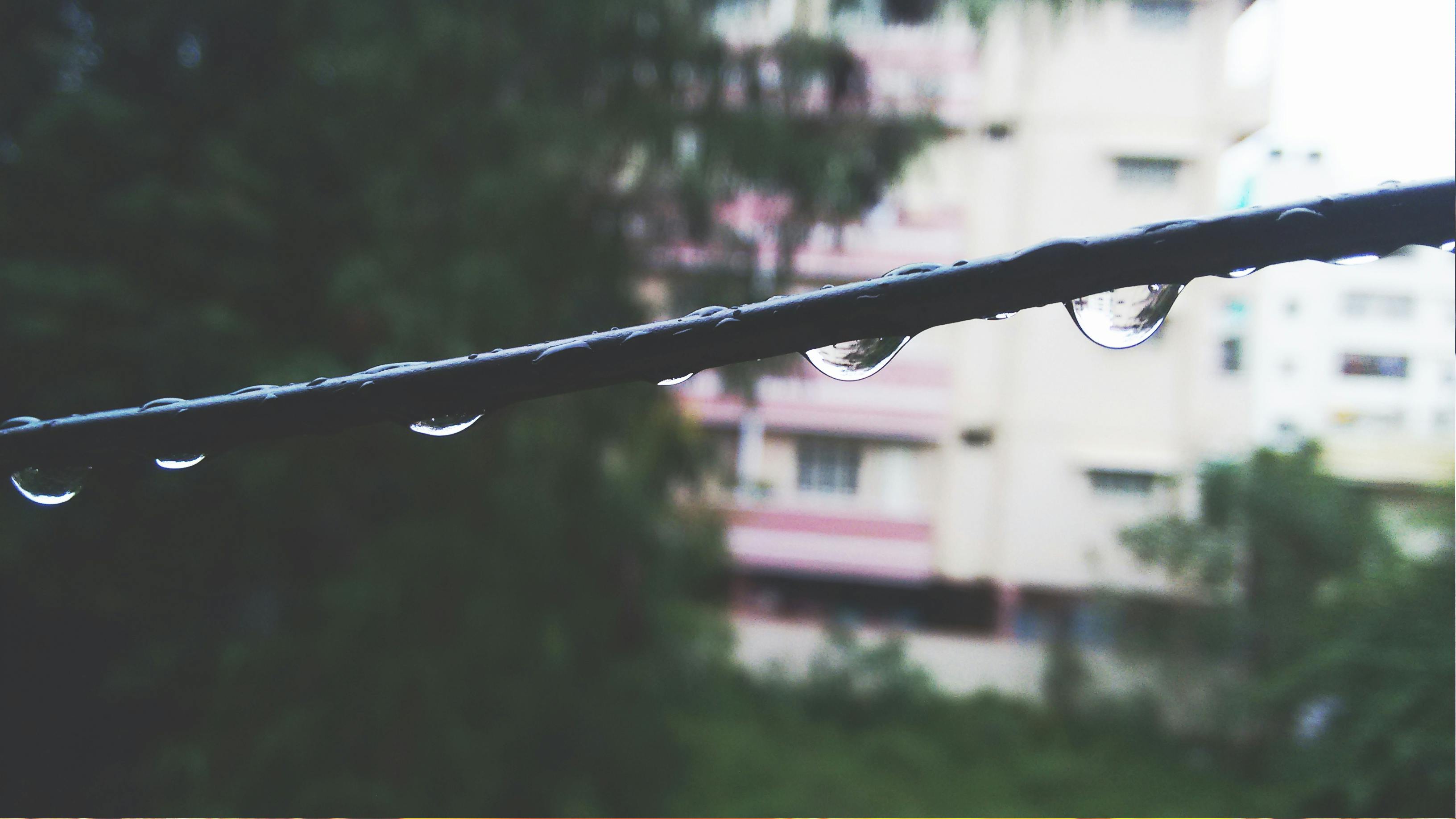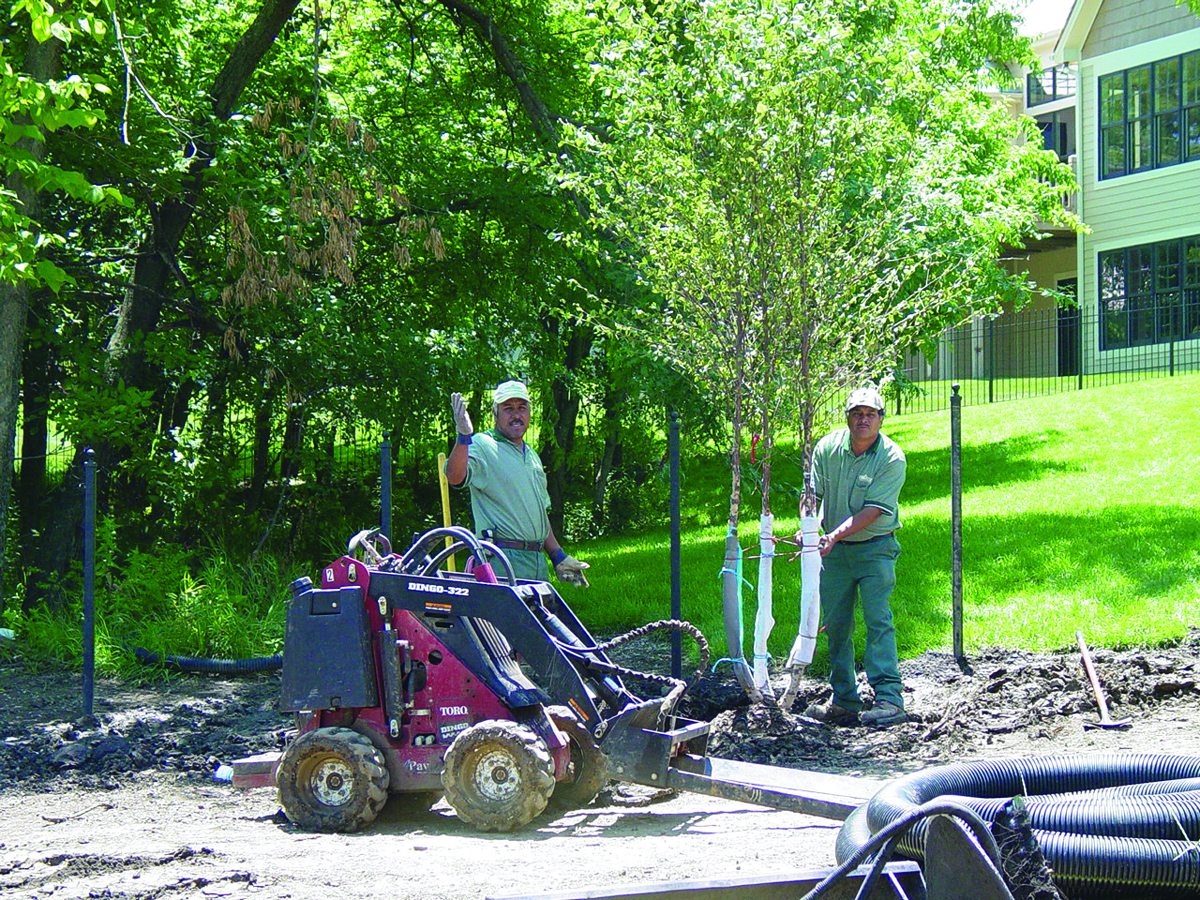This article was originally published November 13, 2017. It has been revised and updated, Join us next week as we look at plant communities for shade areas.
When you really stop and think about the big picture, planting trees is one of the most important actions you can take for yourself, your community and even the planet. On a personal level, trees provide beauty, promote wellness and have economic value. Properly placed shade trees reduce energy consumption, resulting in lower costs for both heating and cooling. Healthy, mature trees add to the property’s value by 15% or more.
The community also benefits when trees are planted. Studies have shown that neighborhoods with plantings of trees, especially low income neighborhoods, have lower rates of crime and violence. Trees help cool streets and sidewalks for pedestrians while tree-lined streets tend to slow traffic flow. In business areas, the slower pace of traffic gives drivers more time to peruse the store fronts. Finally, trees help clean the air of pollutant gases and particulates, giving the community at-large cleaner air to breathe.
Every tree helps to keep the entire planet healthy. Trees absorb harmful carbon dioxide and through the process of photosynthesis, release beneficial oxygen. According to the researchers at North Carolina State University, one large tree can give off a day’s supply of oxygen for four people. With the world’s population surpassing 7.6 BILLION people, the need for reducing carbon dioxide and maintaining necessary levels of oxygen across the planet is critical to our world’s health.

Trees help keep our water clean and healthy.
Trees also contribute to a clean, safe water supply. Trees planted in grassy areas slow the evaporation rate from the ground and release water into the atmosphere through transpiration, or evaporation from the undersides of the leaves. Rainwater filtered by trees has less chance of picking up ground pollutants such as insecticides and fertilizers, so the groundwater the planet depends on remains cleaner.
With so many significant benefits, it is easy to see why planting trees is actually creating a lasting legacy both for those you love and for all future generations. Industry professionals understand the importance of planting not just a tree, but the right tree that will thrive for years to come.
Here are the top picks from the designers at Embassy Landscape Group.
Swamp White Oak
This broad, round tree is tolerant of wet and dry areas and can be used as a lawn tree or street tree. It features attractive bark, two-toned leaves in the summer and a striking orange color in the fall.

Pacific Sunset Maple
This new hybrid maple is an excellent urban tree as it tolerates a wide variety of conditions and environments. This small to medium shade tree has gorgeous fall color.
Emerald Sunshine Elm
A vase-shaped medium sized tree, this elm is highly resistant to both disease and insects. Since it is drought tolerant and adaptable to various growing situations, it is an excellent choice for and urban setting.
Legacy Sugar Maple
The Legacy Sugar Maple has a thicker leaf which makes it adaptable to a variety of conditions.
Black Gum
The Black Gum is the perfect all-season tree, flowering in the spring, having great fall color and producing berries in the fall which feed birds in the winter. It will tolerate either full sun or partial shade and will grow well in a medium or wet soil.

Black Oak
This tree is a “real trooper.” A perfect city tree which provides much needed shade, the Black Oak thrives in hot sun with poor, dry soils. Its acorns gives much needed food to city wildlife.
Paperbark Maple
A great small tree for a small, urban lot that is easy to grow in average, well-drained soil. A;though it has spectacular fall color, it is especially known for its unusual bark which peels into curls that stay on the tree, contrasting with the tan interior bark.
Seven-son-flower
This fountain-shaped, multi-stem deciduous shrub can be grown as a single trunk tree. It has clusters of fragrant white flowers in the late summer, followed by inconspicuous fruit in the fall that are surrounded by a ring of petal like leaves that eventually turn a brilliant cherry red. The light brown bark exfoliates to a deep brown underneath.









